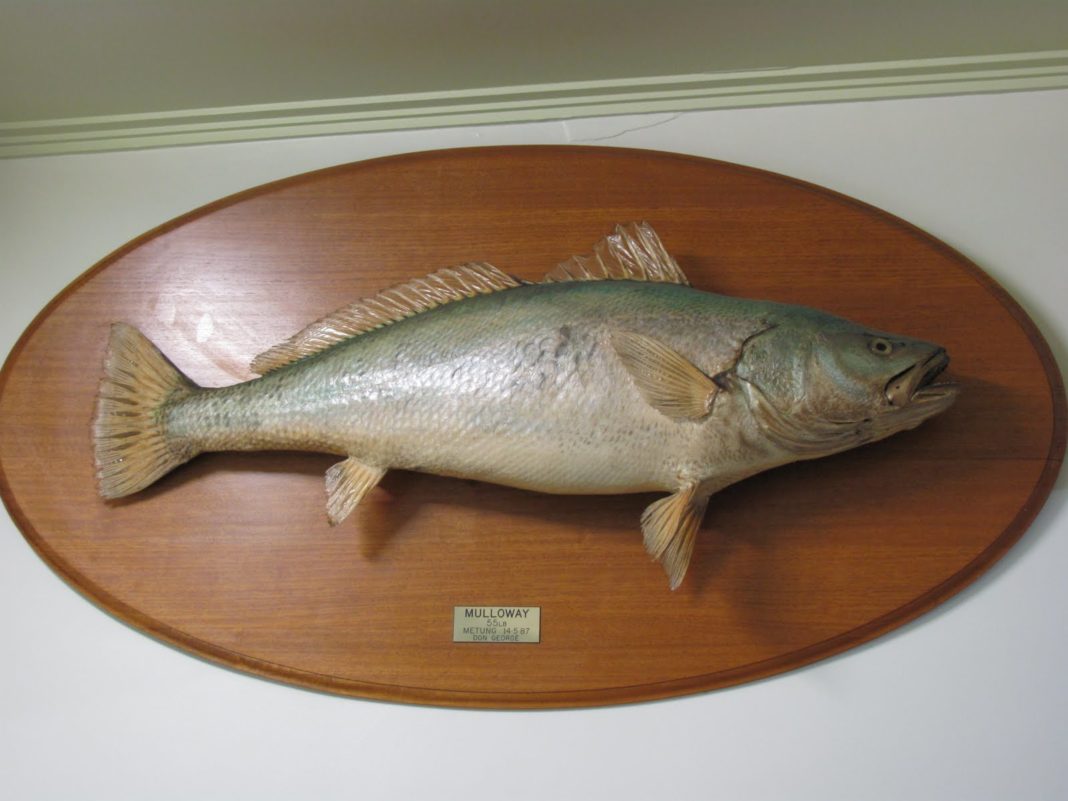When preparing for a catch-photograph-and-release carving, it’s best to plan ahead. Keep a soft tape measure and camera in your fishing gear. Take a few pictures of the fish to help record distinguishing characteristics and color. Measure the fish’s length (from the center of the tail to the snout) all while handling the fish out of water as little as possible. Then follow the Tips for Catching and Releasing Fish below.
The information is all that a carver needs to make a replica of the catch you made and the fish is available to be caught by another lucky angler.

Tips for Catching and Releasing Fish

By carefully following these simple instructions, you can release your fish unharmed. If you enjoyed catching your fish, so will the next angler!
- Time is of the essence. Play and release the fish as quickly and carefully as possible. An exhausted fish may be too weak to recover.
- Important: Keep the fish in the water if it is not going to be part of your daily bag limit. A fish out of water is not only suffocating, but may be subject to a “quick freeze.”
- Be gentle. Keep your fingers away from the gills. Don’t squeeze the fish.
- Remove the hook with small pliers or a similar type tool. If the hook is deeply embedded or in a sensitive area such as the gills or stomach, cut the leader close to the snout. Make an effort to use regular steel (bronzed) hooks to promote early disintegration. Do not use stainless or gold-plated hooks.
- To revive a fish once it is back in the water, hold it in a swimming position in the water until it is able to swim away.
- Togue (lake trout) often have expanded air bladders after being pulled up rapidly from deep water. If the belly appears expanded, release the fish from the hook first, then gently press your thumb along the stomach near the paired belly fins and move it forward a few times to remove air from the bladder. Finally, proceed to revive and free the fish.
Photo (top): University of Pittsburgh



















![The Best Deer Camp Chili [VIDEO] Deer Chili Ingredients, Tomatoes, Chili Spices](/wp-content/uploads/2015/10/Deer-Chili-Deer-Camp-Recipe-218x150.jpg)
![How to Call Elk Early in the Season [VIDEO]](/wp-content/uploads/2016/08/byers003-218x150.jpg)







![Idiots Disturb Hunter: How Would You Have Handled It? [VIDEO]](/wp-content/uploads/2015/10/DSC00110-e1474487693878-100x70.jpg)
![Albino Buck Shocked to Shed His Antlers [VIDEO]](/wp-content/uploads/2015/10/AlbinoDeer-100x70.jpg)